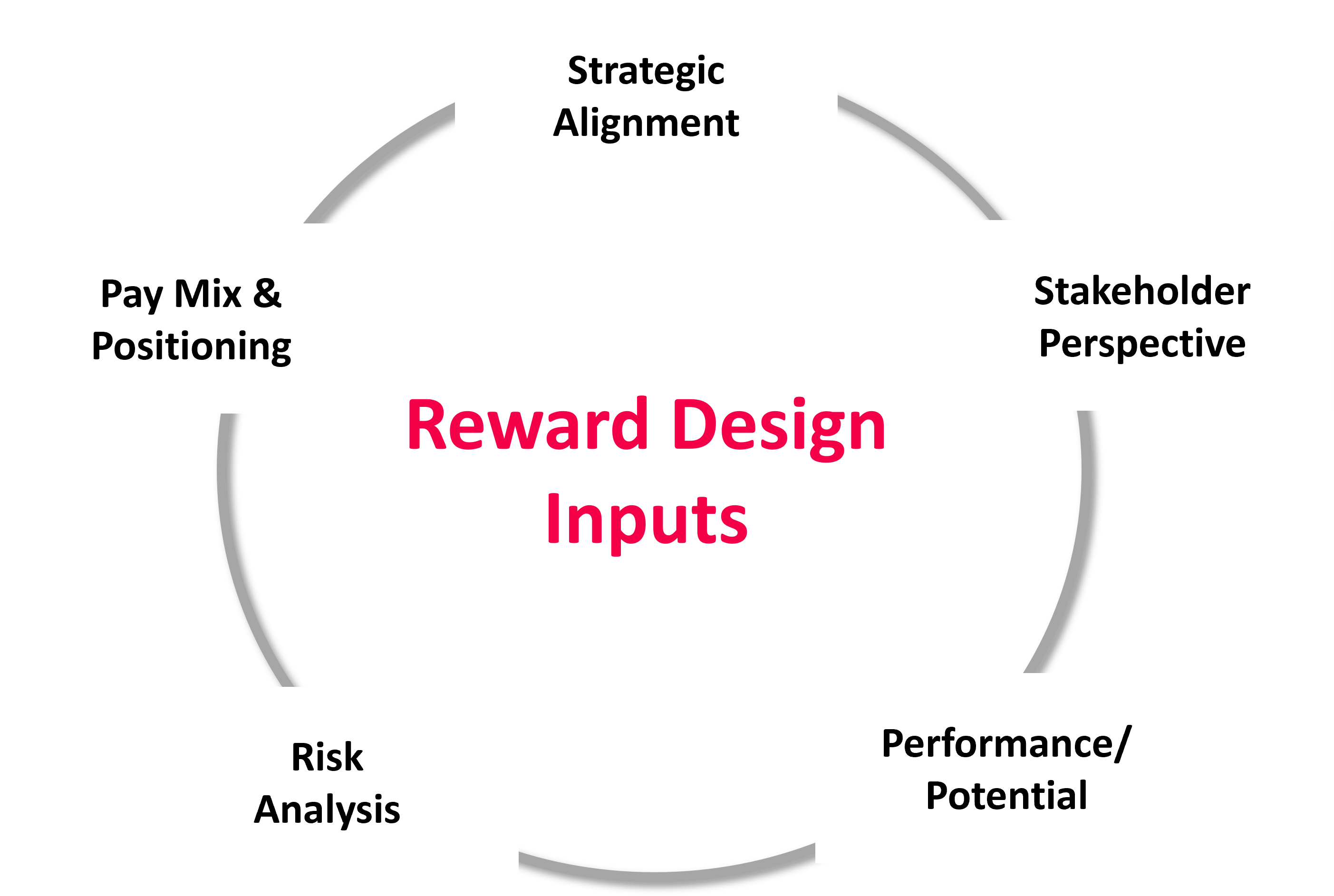Managing the level and structure of executive remuneration is a key responsibility of the Board and particularly its independent directors. Increased focus since the GFC has led to more stringent disclosure requirements along with greater consequences for Boards that are not in tune with their shareholders. In short, Boards are more accountable than ever for the effective management of executive remuneration. At Mastertek our consultants are experts in the field with a track record of assisting clients with the key challenges including;
- Clearly demonstrating how remuneration drives performance & aligns with tangible business outcomes.
- Continuing to engage, motivate & reward executives with the appropriate capabilities to deliver shareholder value.
- Ensuring absolute compliance with legislated disclosure requirements, processes and regulator mandates





